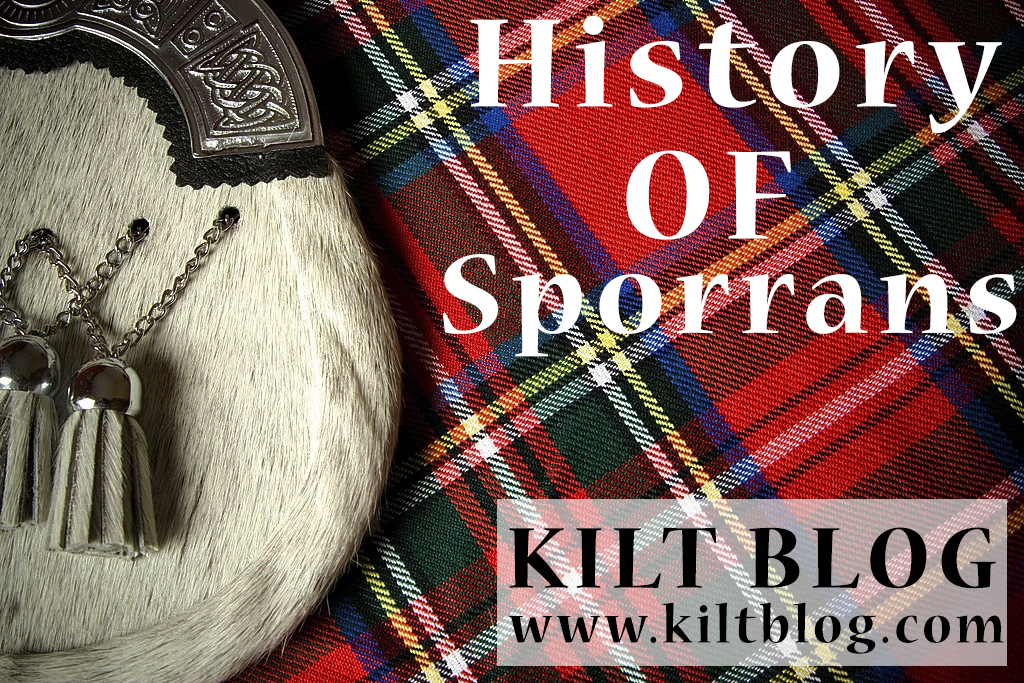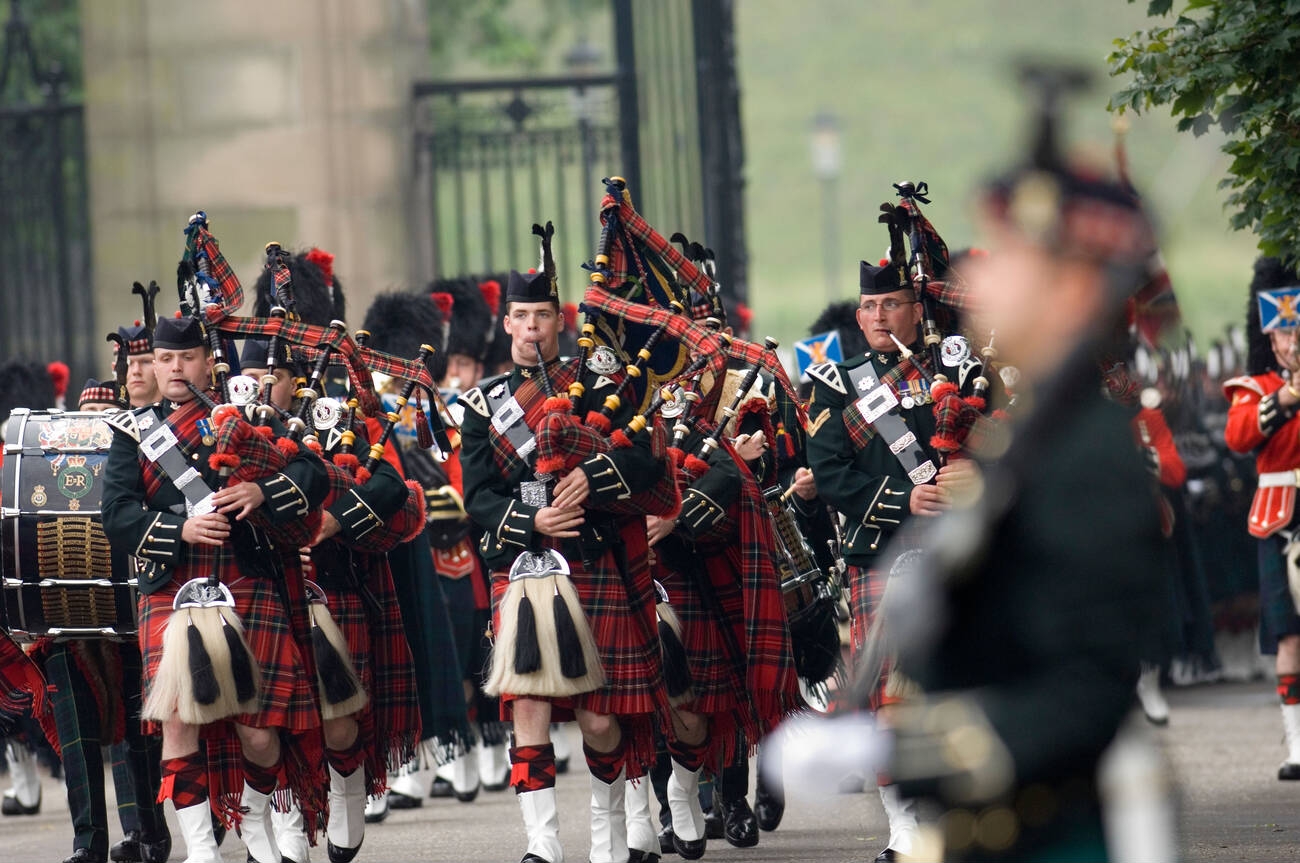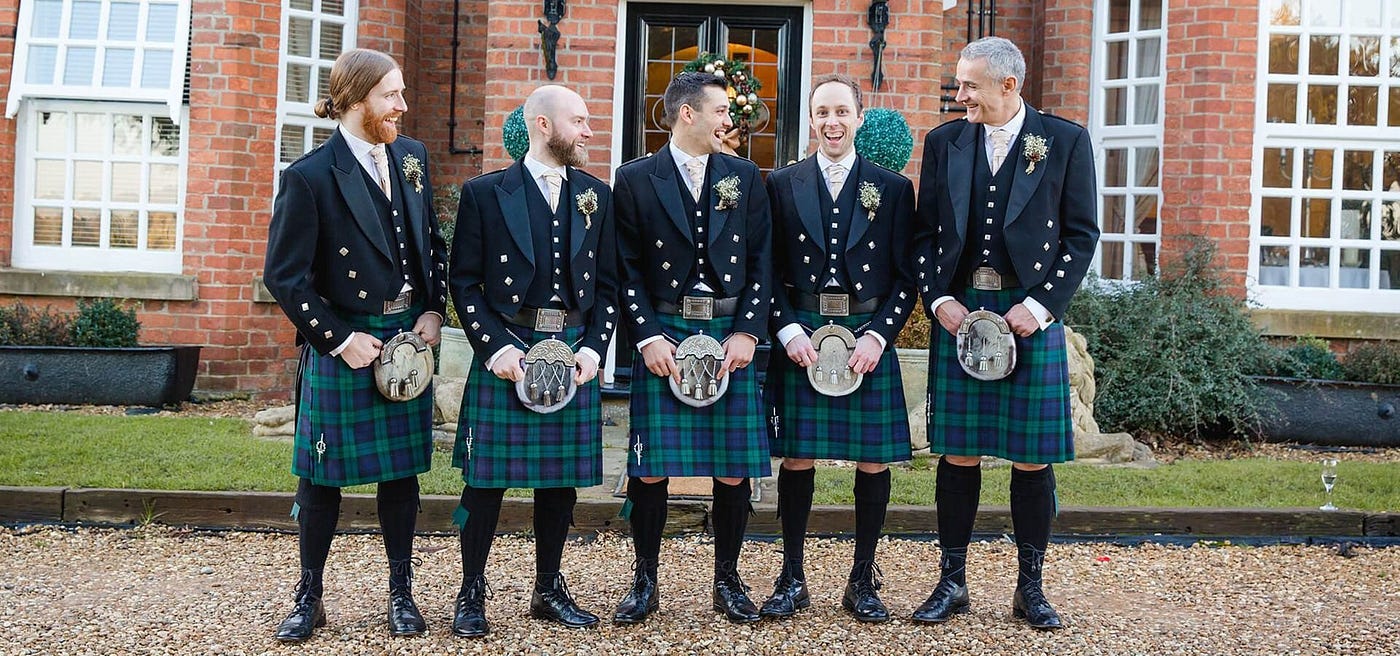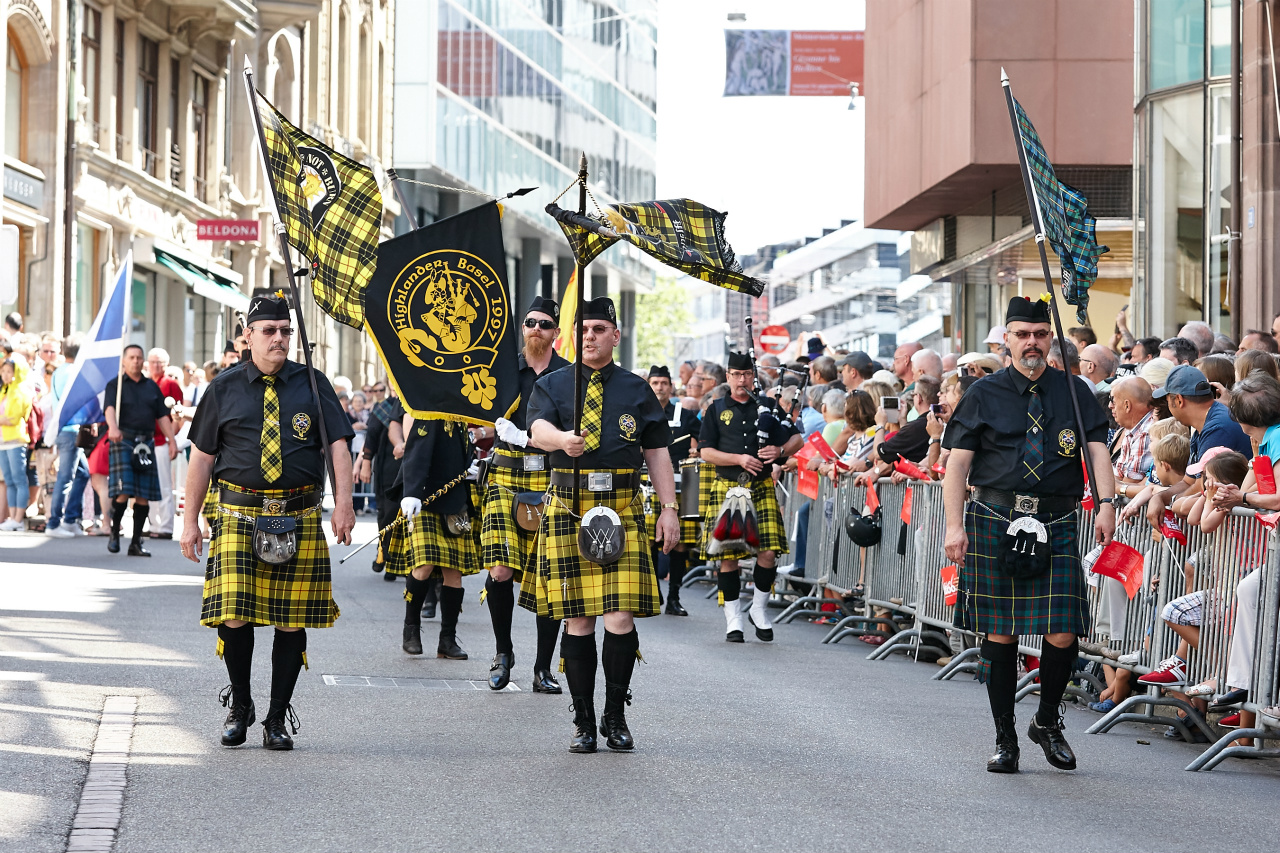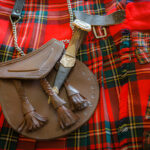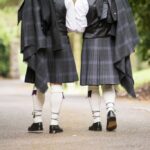First Sporrans are uncomplicated things, consisting of the kind of leather bag that was probably constructed from deerskin. It was shut with a drawstring. It was then tied with a strap to the belt which held the failed-Mhor or “great kilt” in the right place. It was essentially a bag that was worn along with the on-the-spot kilt.
Similar pouches were used by people all over Europe However, as they were replaced by pockets inside trousers or smaller purses or wallets which were carried inside pockets and pockets, in Scotland the sporran was still in use. After all, we still wear kilts. There’s no way to create the kilt that has pockets!
This name, by is the correct way, comes directly from the Scottish Gaelic word sporran which means purse, wallet, or kilt pouch.
Materials for Sporrans
They are very simple and constructed from just a few substances.
- Leather. The main material of the sporran is made of leather. Some sporrans like the day sporran as we’ve seen, are entirely made of leather. In the sporran, the leather is usually coated with suede.
- Metal. Silver, pewter and chrome (and gold if you are able to pay for it) are the main materials used to make the cantle worn in the regimental tartan and dress. They also serve as the tassel’s head that is attached to the chain which holds the tassel onto the sporran’s front. Links made of stainless steel serve to make up the strap made of leather that is used to secure the sporran to the waist.
- Animal Skins and Hides. Dress sporrans make use of hide skin, fur or skin to cover the front of the sporran . They may even employ the head of an animal. Fox head and musquash heads are typical ones to search for. (The head of the fox is only found in road kill and therefore are quite scarce.) The front of a dress sporran is traditionally constructed from sealskin, but it was outlawed by Europe in 2009 following an overall regulation that banned sealing skin products. However the ban was changed in 2015 to allow the traditional hunt for seals carried out by Inuit and seal skins is still seen on the sporrans.
- Horsehair (from horse tails). As we’ve seen that horsehair is extensively used to make pipe bands and regimental sporrans. Hair is, however isn’t gathered directly from deceased horses. It is collected by grooms who work at stables, from the tail of the horse The hair is then examined for signs of illness before being shipped via long tube to maker of sporrans.
What is the best way to wear the Sporran
A sporran is worn around your waistline and should be placed just in front of the groin, which means not too high, and certainly not too low in the kilt. If you’re not sure, an effective way to judge the exact location of the sporran is to position its top about a hand’s distance beyond the top edge of the kilt. If you find that it’s moving excessively while you dance in the 8some, lift it up with a few strap holes when dancing. You can lower it again. You can also twist it and put it on your hip.
In the case of a sporran made of horsehair the sporran is typically secured to ensure that the bottom of the sporran does not extend beyond the hemline of the skirt – however when you’ve looked at old photos of Scottish soldiers wearing kilts, sporting those sporrans made of horsehair belonging to their regiments you’ll notice some that extend beyond the kilt’s the hem!
Be aware that your sporran can be both practical and attractive and is designed to be noticed. If it’s attractive and feels comfortable, it’s probably hanging in the right place also. Naturally, some sporrans are more attractive than others, but none more so than the hair of horses sporrans worn by Scottish regiments and, of course, by pipe bands across the world.
Use of Sporrans
At first, sporrans were pouches made of doeskin, secured with a drawstring, and then hung from a belt, which was hung on the waist or over the shoulder. The sporran user would carry the items essential to the day. Maybe food, cash if he had it ammunition, and an arsenal. However, not a knife. Knives were too big to be stored in sporrans, and it will take a lot of time to get it back when it was required (that’s the reason you’ll see knives (called the “sgian” dubh) sticking out of socks of men when wearing the Kilt. However, that’s a different matter.
Today, in our pockets, we carry things that we usually carry around in our pockets: change, our credit card along with our wallets, and of course, our mobile phones.
Sporran Manufacture
A basic leather day sporran that has no ornamentation will take an experienced craftsman approximately one hour to create. A fancy dress sporran in contrast it could take more than an entire day to construct. A Horsehair Sporran is composed of six layers of hair that range from 11″-17″ (28cm-43cm) in length and takes about 12 hours to put together the layers of hair for the scarf.
highland Sporran Hisyory sporrans kilts scotland sporran
Last modified: January 25, 2022


